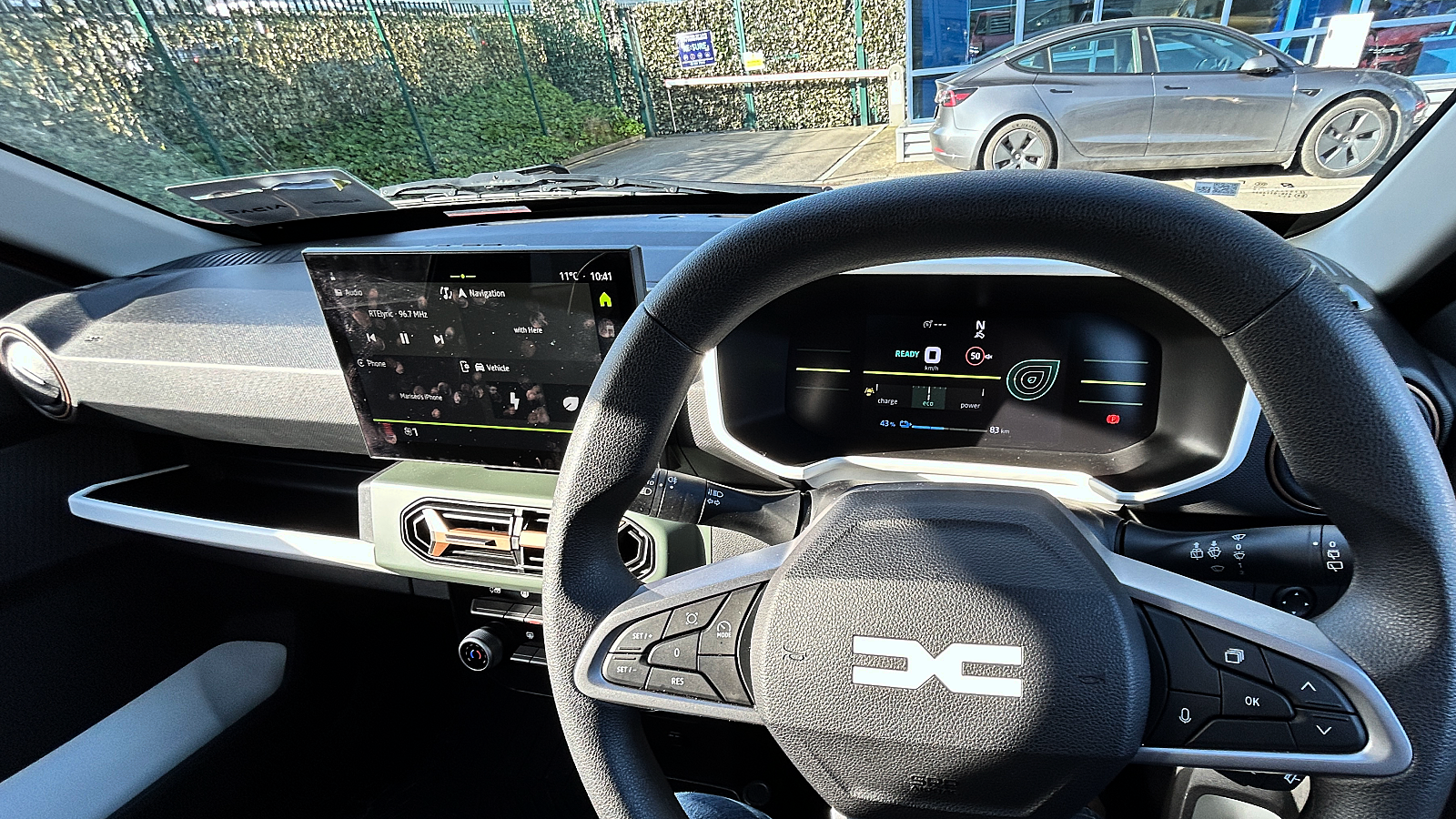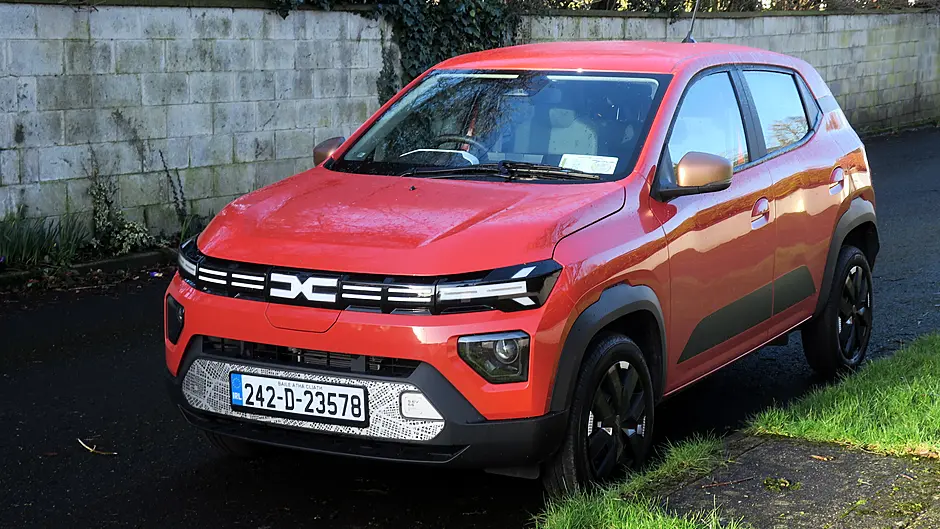WHEN I first properly drove a dedicated electric car, the original Nissan Leaf in 2010, it was trumpeted as the dawning of a new motoring age.
The dumpy but smile-inducing car was smooth, quiet, and potentially very economical.
BY BRIAN BYRNE
The 180km range was tight, but adequate as a runaround once you had a way to charge it at home and on the road.
Importantly, it was aimed at the compact family hatch market, even if a bit pricier than a combustion-engined equivalent.
Since then the electric vehicle has truly arrived, and now there are more than 30 brands selling in excess of 100 models of electric cars in Ireland.
Three in 10 EVs currently sold are by five of those brands. Dacia is not in that set, slotting in at number 23 in the EV league this year.
Thing is, the top five models here range in price from €32,000-€50,000.
Regular readers will know that I’ve been getting a lot of electric cars over the last couple of years, almost none of which are for the market segment that doesn’t have big bucks to spend.
Dacia tilted for that cohort in Ireland last summer, with the brand’s first EV, the Spring.
Classed as a small SUV, the car originated via a partnership with Dongfeng in China.
Looks first and, as Dacia have been doing across their models, the Spring has a smart and chirpy look.
A bit larger than a Fiat Panda, a little smaller than Renault’s Zoe EV which ceased production last year.
Some styling details like that panel behind the front numberplate — repeated in the rear bumpers — lift it from the ordinary, and the brand logo style is likely to remain modern for some time.


Inside my top-level review version the finish was good, the little copper details that come with the grade and a stitched artificial leather upholstery both doing their bit to enhance what’s designed to be a budget car.
Size-wise you’d be entering difficult territory if you tried to fit more than two medium stature people in the back.
The boot has a 300L nominal capacity, with a double floor so that cables can be stored without flopping around. The charging socket is in the middle of the front of the car.
The main differences between the two grades available here are the copper details and upholstery, and crucially whether to get the basic clip-on gadget for your mobile phone to be used as entertainment and navigation or a Bluetooth-enabled touchscreen.
The first is frustrating and not to be recommended. The second is basic, but works, and does so best for navigation if you use your Google Maps app rather than the inbuilt Here version. Climate controls are knobs and switches.

There are two power motor options, offering either 45hp or 65hp.
Both have the same rated range of 225km, but my experience indicated a move back to the past of the original Leaf with 180km.
Even with a better now charging network, that’s short, especially as the charging speed is also pretty slow.
The car drives quite well, if not particularly nippy as electrics go.
But it wouldn’t be for me for reasons related to the driver seat.
Fully adjusted down, it was still a major head-banging contortion to get out of the car.
For the same reason, once in, my eye-line was at most an inch under the top of the windscreen.
So if you’re a six-footer or plus like me, the Spring just won’t work.
You might also be concerned about the extremely poor single star the original car received in its 2021 EuroENCAP crash test.
The revised 2024 version, which seems to be mostly cosmetic in its changes, has not been retested.








